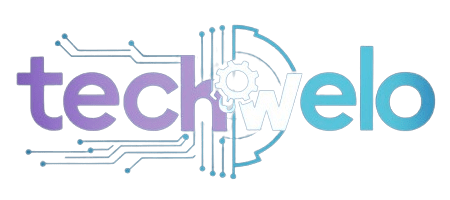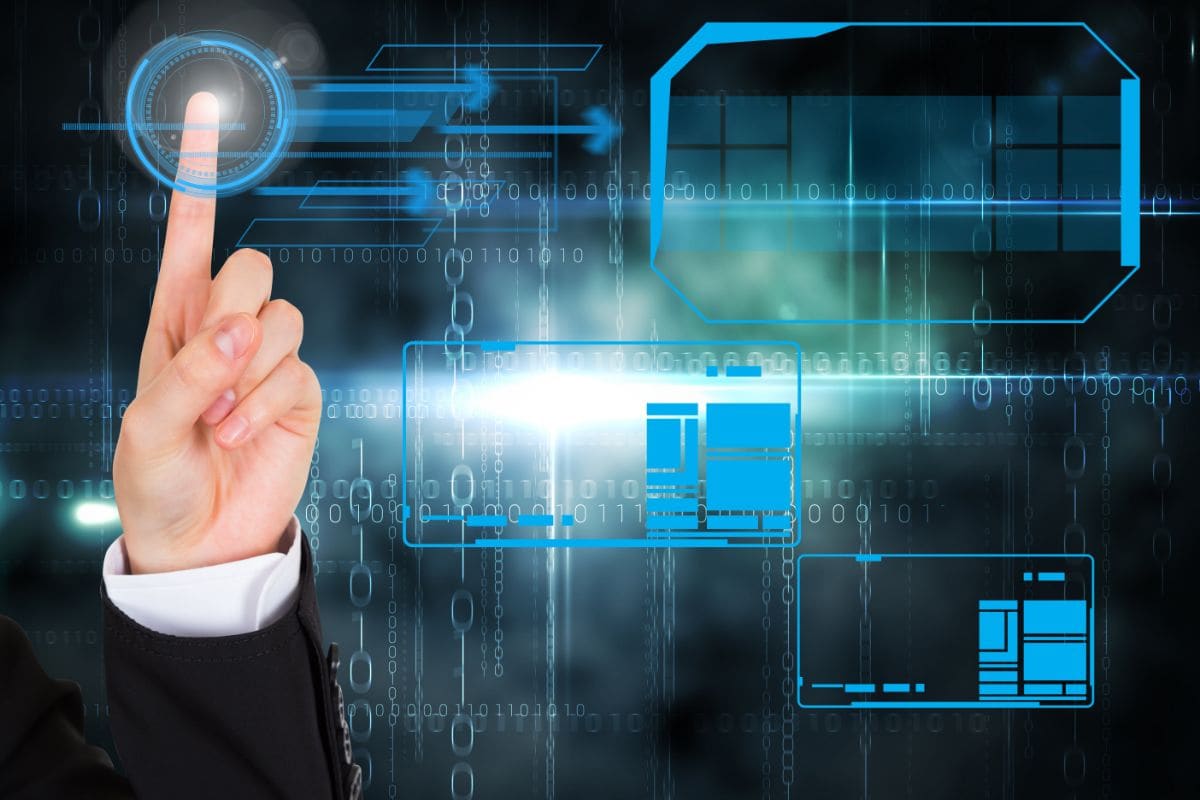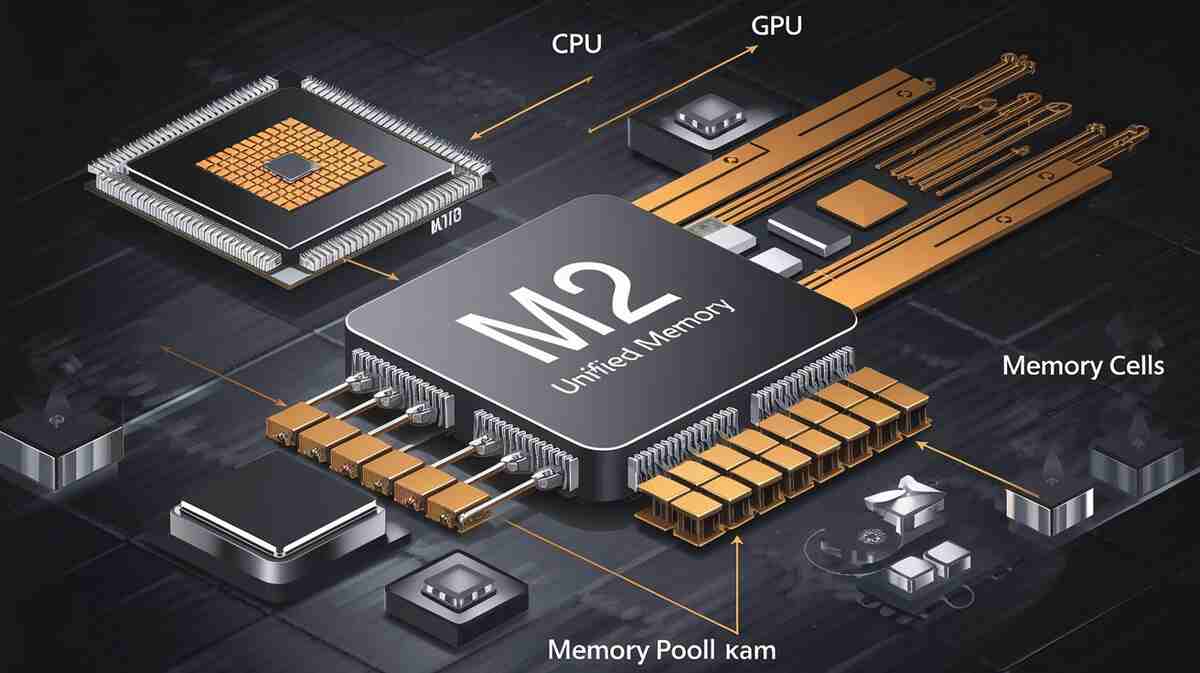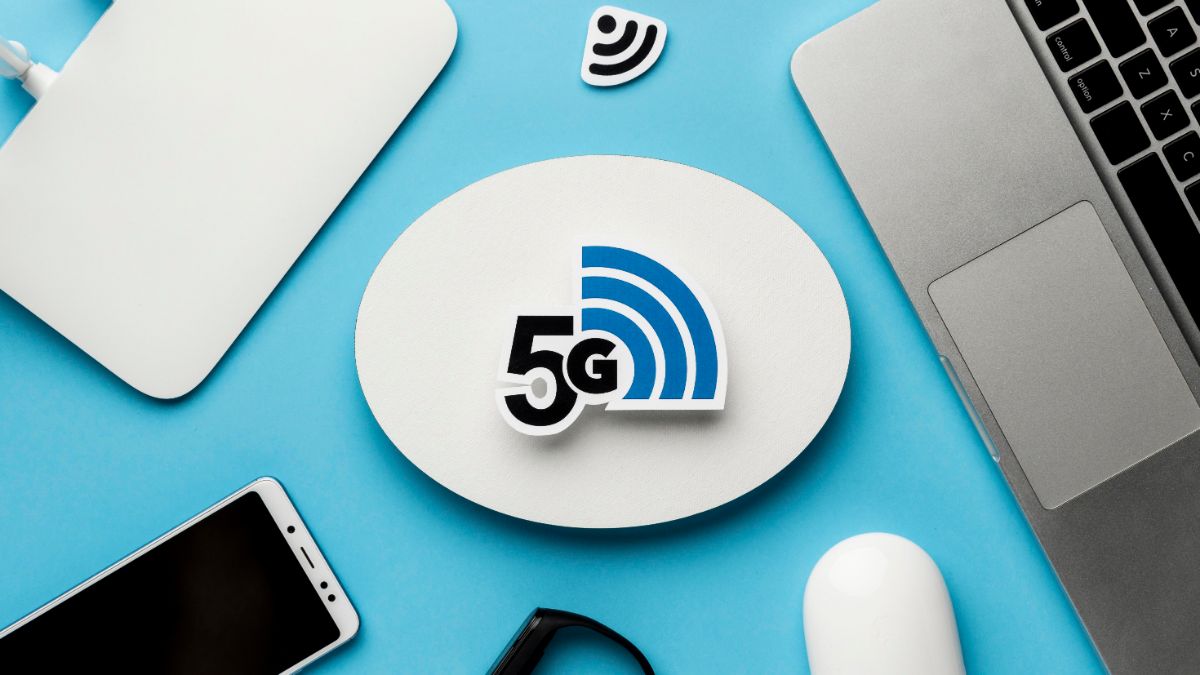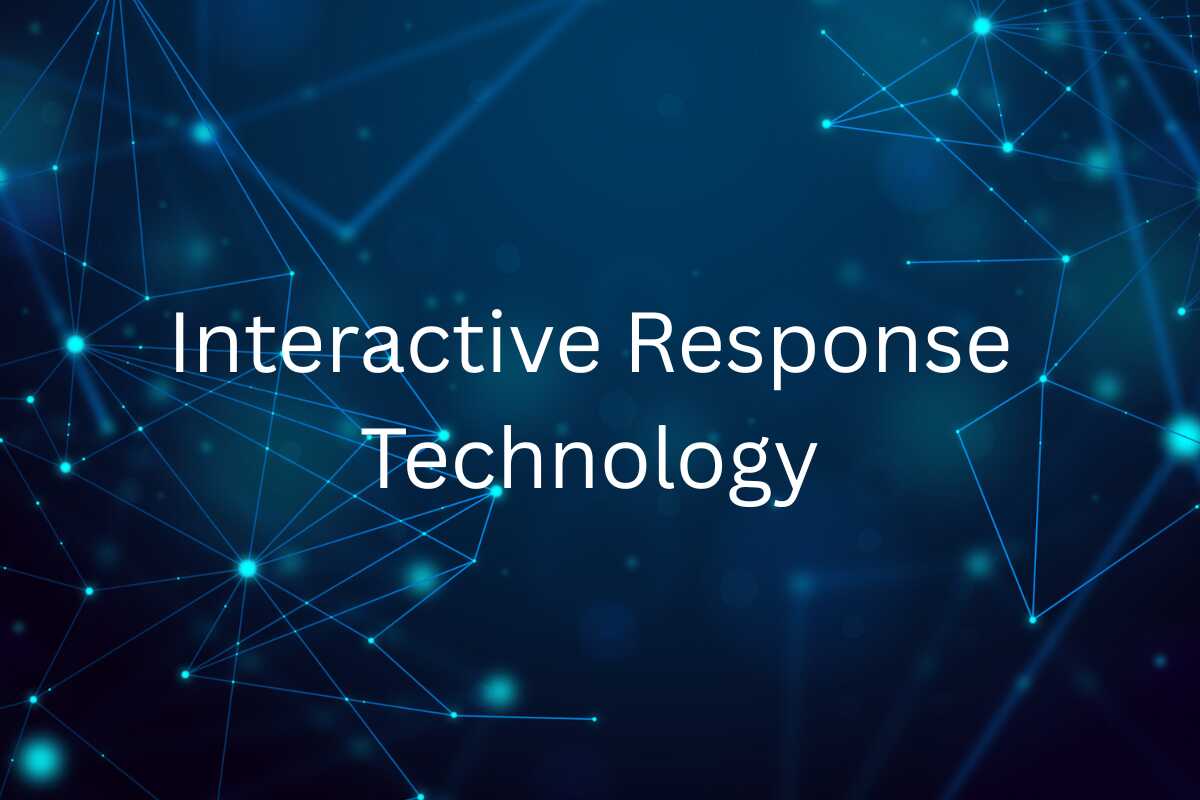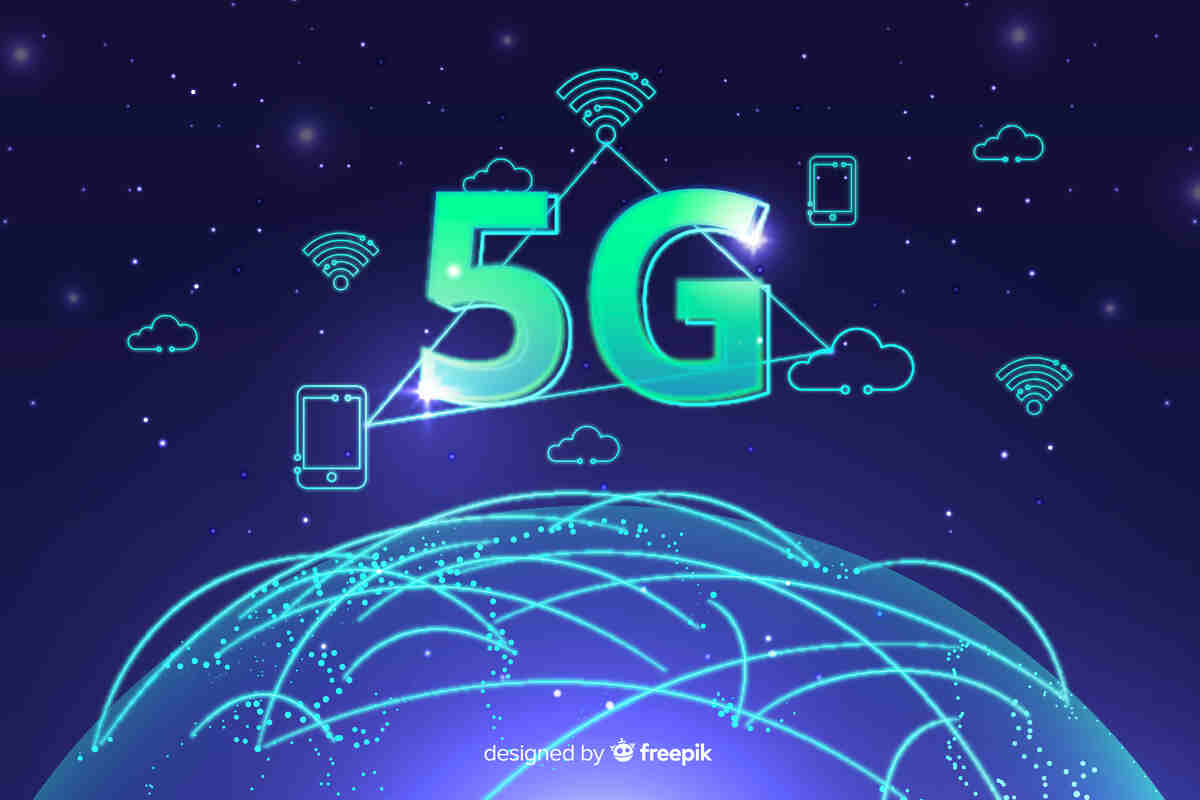Health Information Technology (HIT) is transforming the way healthcare is delivered, managed, and experienced across the world. From electronic health records (EHRs) to telemedicine platforms, HIT ensures that doctors, nurses, and hospitals have the correct information at the right time. It connects patients with providers, helps reduce medical errors, and improves decision-making through data-driven insights.
According to the Office of the National Coordinator for Health IT (ONC), nearly 96% of U.S. hospitals now use certified electronic health record systems—a clear sign of how essential HIT has become. By improving accuracy, enhancing patient safety, and streamlining hospital operations, HIT has become the backbone of modern healthcare.
In this article, we’ll explore the impact of health information technology on patient care and hospitals, including its benefits, challenges, and future potential.
What Is Health Information Technology?
Health Information Technology refers to the use of digital systems, tools, and software to store, share, and analyze healthcare data. It covers a wide range of solutions, including:
- Electronic Health Records (EHRs): Digital versions of patient charts that centralize information such as medical history, test results, and medications.
- Telemedicine Platforms: Systems that allow patients to consult doctors remotely via video calls or mobile apps.
- Health Apps and Wearables: Tools like smartwatches and fitness trackers that monitor vital signs, physical activity, and chronic conditions.
- Clinical Decision Support Systems (CDSS): Software that provides evidence-based recommendations to doctors during diagnosis and treatment.
- Hospital Management Systems: Digital solutions for scheduling, billing, patient flow, and inventory management.
By replacing paper-based records and manual processes, HIT ensures better efficiency, accuracy, and collaboration among medical professionals.
How Health Information Technology Improves Patient Care

1. Better Access to Medical Records
Patients and doctors can easily access medical history, lab results, and treatment plans through EHRs. This reduces errors, prevents duplication of tests, and ensures continuity of care across multiple providers. For example, if a patient is admitted to an emergency room, doctors can immediately pull up their history, allergies, and previous diagnoses.
2. Enhanced Communication
HIT enables better communication between patients and providers. Secure messaging systems, patient portals, and telehealth visits allow patients to ask questions, request prescriptions, or follow up after treatment—without needing a physical appointment. This improves convenience and patient satisfaction.
3. Improved Diagnosis and Treatment
AI-driven tools and decision support systems help physicians make faster and more accurate diagnoses. For instance, some hospitals now use AI to analyze radiology images and detect early signs of diseases like cancer or heart conditions. This leads to timely and effective treatment plans.
4. Patient Empowerment
Mobile health apps and wearable devices encourage patients to take control of their health. From tracking blood sugar levels in diabetic patients to monitoring heart rhythms in those with cardiovascular disease, technology empowers people to be active participants in their care.
The Role of Health Information Technology in Hospitals
1. Streamlined Operations
Hospitals use HIT to automate routine tasks like appointment scheduling, billing, and inventory management. This reduces administrative workload and ensures that healthcare professionals can spend more time with patients instead of paperwork.
2. Data-Driven Decisions
Hospital administrators rely on HIT systems to analyze patient data, track outcomes, and identify areas for improvement. For example, data analytics can highlight which treatments deliver the best results or where hospital resources are being underutilized.
3. Enhanced Patient Safety
Medication errors are among the most common risks in hospitals. HIT reduces these errors by cross-checking prescriptions with patient histories, allergies, and dosage recommendations. Barcode scanning of medications is another HIT tool that ensures the right drug reaches the right patient.
4. Telemedicine Integration
Telemedicine is becoming a standard feature in hospitals, especially after the COVID-19 pandemic. By integrating virtual consultations, hospitals expand access to care for patients in rural or underserved regions, reducing travel time and improving healthcare equity.
Benefits of Health Information Technology
- Accuracy: Digital records reduce misinterpretations and misplaced documents.
- Efficiency: Faster processes mean reduced waiting times for patients.
- Collaboration: Multiple specialists can access the duplicate records, improving coordinated care.
- Cost Savings: Fewer duplicate tests, reduced hospital stays, and better resource allocation.
- Patient Satisfaction: Convenient access to doctors, personalized treatment, and smoother experiences.
Example: A study published in the Journal of the American Medical Informatics Association found that hospitals using advanced HIT systems reported a 23% improvement in patient safety outcomes compared to those without.
Challenges in Implementing Health Information Technology

While HIT offers clear advantages, healthcare providers often face challenges such as:
- High Costs: Implementing advanced HIT systems requires millions of dollars in investment for infrastructure, licensing, and maintenance.
- Data Security Risks: Cyberattacks on hospitals are rising. Protecting sensitive patient information against breaches is a critical priority.
- Training Requirements: Doctors, nurses, and administrators need extensive training to adopt new systems effectively.
- System Interoperability: Different hospitals and clinics often use different software, making data sharing difficult.
Benefits vs. Challenges of Health Information Technology
| Benefits of HIT | Challenges of HIT |
|---|---|
| Faster access to patient records | High implementation costs |
| Improved communication between patients & doctors | Cybersecurity and data breach risks |
| Reduced medical errors & improved safety | Requires staff training and adaptation |
| Better hospital efficiency & reduced paperwork | Interoperability issues between systems |
| Patient empowerment through apps & wearables | Resistance to change in traditional settings |
The Future of Health Information Technology in Healthcare
The future of HIT is exciting, with several emerging technologies shaping how care is delivered:
- Artificial Intelligence (AI): AI-driven tools are helping detect diseases earlier and predict patient outcomes with higher accuracy.
- Blockchain: Hospitals are exploring blockchain to secure medical records and ensure tamper-proof data sharing between providers.
- 5G Connectivity: With faster internet speeds, real-time monitoring, and telemedicine will become more reliable and accessible.
- Personalized Medicine: Big data and genetic testing will allow doctors to create treatment plans tailored to each patient’s unique DNA profile.
Example: Hospitals like Mayo Clinic and Cleveland Clinic are already piloting AI tools to improve diagnostics and patient flow.
Conclusion
Health Information Technology is no longer optional—it’s a vital component of modern healthcare. By improving patient care, enhancing hospital efficiency, and paving the way for medical innovation, HIT continues to reshape how healthcare systems operate.
Hospitals and patients alike benefit from more intelligent systems, better communication, and safer practices. However, to fully unlock its potential, healthcare providers must address challenges like costs, security, and interoperability. As technology advances, the healthcare industry must embrace HIT to provide high-quality, accessible, and secure care for all.
Frequently Asked Questions (FAQs)
What is Health Information Technology in simple terms?
Health Information Technology is the use of computers, software, and digital tools to manage healthcare data, making healthcare safer, faster, and more accurate.
How does HIT benefit patients?
HIT improves communication with doctors, provides faster access to records, reduces errors, lowers costs, and empowers patients through health apps and monitoring tools.
Why is HIT critical in hospitals?
HIT helps hospitals streamline operations, improve safety, reduce administrative work, and make better decisions using patient data.
What are examples of Health Information Technology?
Examples include EHRs, telemedicine platforms, wearable health devices, hospital management software, and AI-based diagnostic tools.
What challenges do hospitals face with HIT?
The main challenges include cost, data security risks, staff training, and ensuring that different systems can share information seamlessly.
What is the future of Health Information Technology?
The future will see AI-powered healthcare, blockchain-secured records, widespread telemedicine with 5G, and more personalized treatment options.
Is Health Information Technology only for big hospitals?
No, even small clinics can adopt HIT solutions like EHRs or telehealth apps. Many affordable cloud-based systems are designed for small practices.
